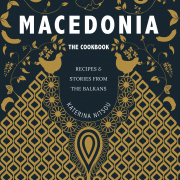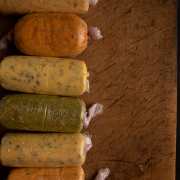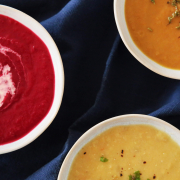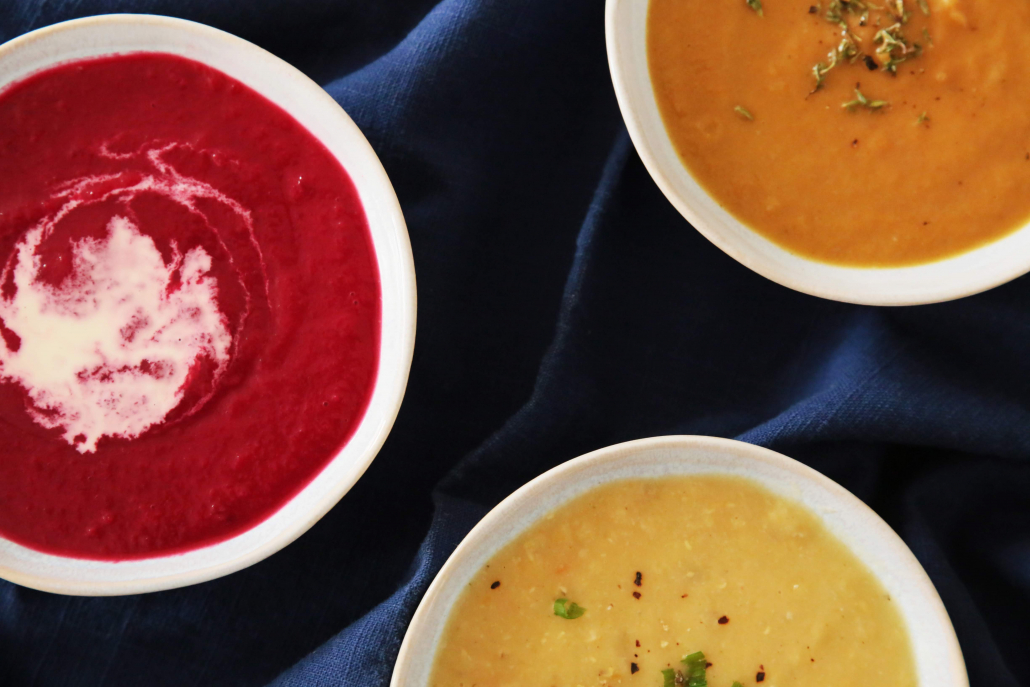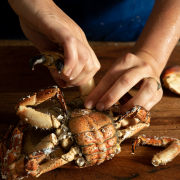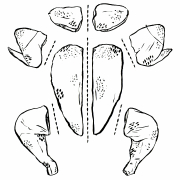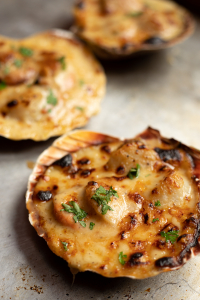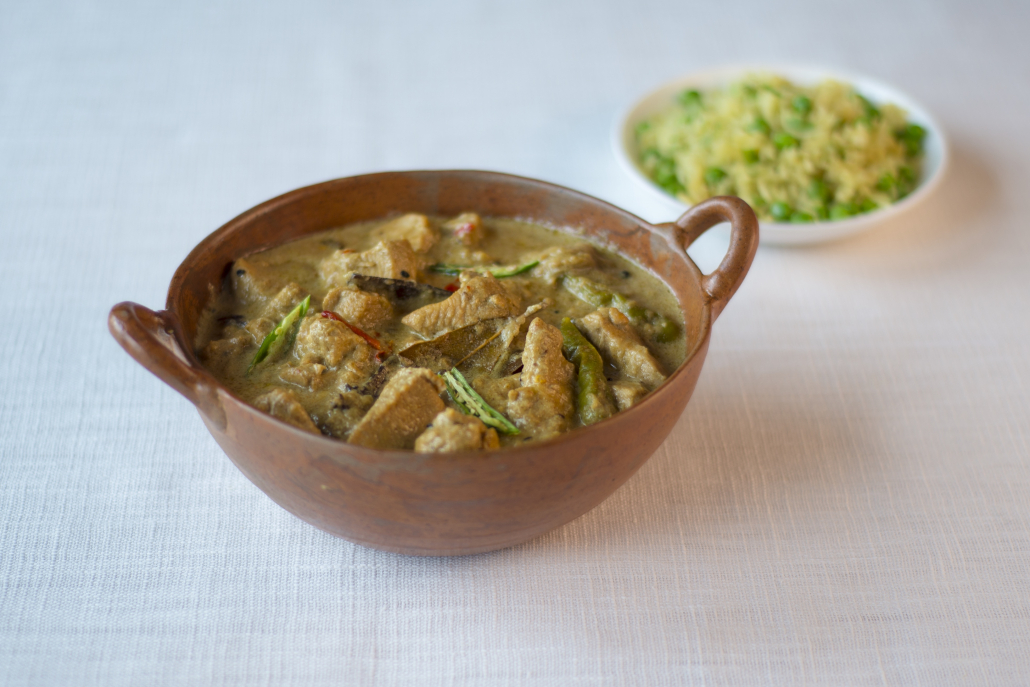It’s recipe tasting time again so check out this great recipe for Macedonian baked beans or Tavche Gravche.
We wanted to give you a chance to try out a dish from our up and coming title Macedonia – The Cookbook: Recipes & Stories From The Balkans by Katerina Nitsou. With many of us still not knowing if we can travel to other countries this summer for holidays, and others already decided that something closer to home is more likely to be the best option, then at least we can travel still in our kitchens and through our cooking. Food has long been a way to experience other places and cultures.
Katerina’s recipes and stories aim to take you into the heart of Macedonian cuisine and give you an appreciation of the food of this fascinating and diverse country that fuses influences from the Mediterranean, the Middle East and Eastern Europe. And where better to start than with this very traditional Macedonian take on ‘baked beans’ – Tavche Gravche.
We hope you enjoy cooking it and eating it as much as we have here at KP HQ.
Tavche Gravche (Macedonian Baked Beans)
This is Macedonia’s national dish, appearing on the table for weekday meals and celebrations alike. It is almost always served on Christmas Eve and for weddings and funerals. A simple dish of stewed beans and red peppers, it goes well with numerous meat, poultry and fish dishes but is just as good on its own with crusty bread. It is not fancy or extravagant, but captures the true essence of traditional Macedonian cuisine.
Serves 4 to 6
- 370g dried cannellini beans, soaked for at least 6 hours in plenty of water
- 15g unsalted butter
- 1 medium onion, diced
- 1 red pepper, diced
- 1 teaspoon paprika
- 2 tablespoons plain flour
- 1 litre boiling water
- 1 tablespoon sea salt
- 2 teaspoons chopped fresh mint
- 2 teaspoons chopped fresh parsley
Drain and rinse the beans and place them in a medium stockpot with 2 litres of fresh water. Bring to a boil over high heat. Reduce the heat to medium and simmer, uncovered, for 30 minutes until tender. Drain and set aside.
Preheat the oven to 190C. In a Dutch oven, melt the butter over medium heat. Add the onion, red pepper and paprika. Sauté until the vegetables are tender, 3 to 4 minutes. Sprinkle in the flour and stir to coat the vegetables. Sauté for an additional 2 minutes. Pour in the boiling water, salt and beans. Gently stir and bring to a simmer. Cover with a lid or foil and braise in the oven for an hour.
Sprinkle with mint and parsley and bake, uncovered, for another 30 minutes. Serve hot or at room temperature.
Pre-order Macedonia – The Cookbook by Katerina Nitsou

